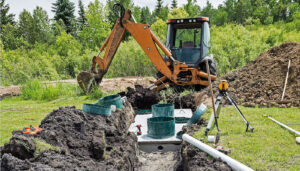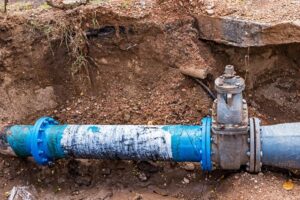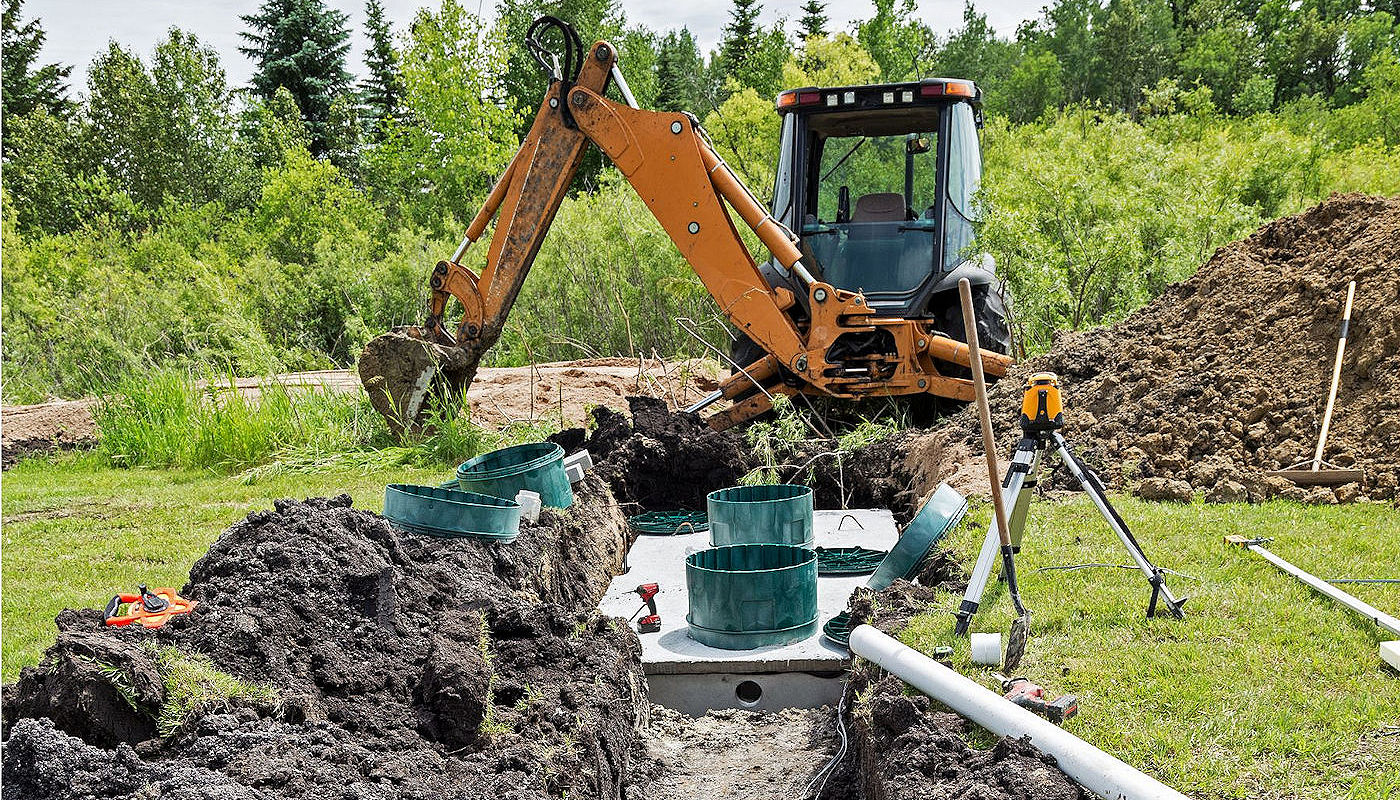The residential excavation and septic services industry in Canada is undergoing significant transformations, driven by technological advancements to enhance efficiency, reduce environmental impact, and improve customer satisfaction. This article explores traditional methods and emerging technologies and the benefits they offer to both service providers and homeowners.
Traditional Methods in Excavation and Septic Services
1. Conventional Excavation Techniques
Traditionally, excavation for septic system installation or repair involved manual digging or the use of standard backhoes and excavators. These methods were labour-intensive, time-consuming, and often led to significant disruption of the surrounding landscape. Restoration of the area post-excavation added to the overall project time and cost.

2. Open Trench Sewer Repairs
Septic system repairs typically required open trench methods, necessitating extensive digging to expose damaged pipes. This approach was invasive, leading to potential damage to existing landscaping, driveways, and other structures, resulting in higher restoration costs and longer service downtime for homeowners.

Emerging Technologies Revolutionizing the Industry
1. Trenchless Technology
Trenchless methods, such as pipe bursting and cured-in-place pipe (CIPP) lining, allow for the repair or replacement of underground pipes with minimal digging. These techniques reduce landscape disruption, lower labour costs, and expedite project completion, offering a more efficient and less invasive solution for homeowners.
2. Advanced GPS and Microprocessor Integration
Modern excavation equipment now incorporates advanced GPS systems and microprocessors, enhancing precision in digging and reducing the risk of damaging existing underground utilities. This technology improves operational efficiency and ensures safer excavation practices.
3. Drone Technology for Site Surveys
Drones equipped with high-resolution cameras and LiDAR technology are being utilized for site assessments. They provide accurate topographical data, facilitate better project planning, and help identify potential site issues before excavation begins, thereby reducing unexpected challenges during the project.
4. Artificial Intelligence (AI) Integration
AI is being integrated into excavation machinery, enabling equipment to adapt to varying soil conditions and optimize performance. This leads to increased productivity, reduced fuel consumption, and lower operational costs, benefiting both service providers and customers.

Benefits of Adopting New Technologies
1. Enhanced Efficiency and Reduced Project Time
Implementing these technologies accelerates project timelines, allowing service providers to complete tasks more quickly without compromising quality. Homeowners benefit from reduced disruption and faster restoration of their property.

2. Cost Savings
While the initial investment in advanced technology may be higher, the long-term savings from reduced labor costs, minimized landscape restoration, and improved accuracy makes these solutions cost-effective for both companies and customers.
 3. Improved Environmental Impact
3. Improved Environmental Impact
Technological advancements lead to less soil displacement and reduced damage to the surrounding ecosystem. Additionally, efficient machinery consumes less fuel, contributing to lower carbon emissions during projects.

The shift from traditional methods to innovative technologies in residential excavation and septic services is reshaping the industry in Canada. Homeowners seeking efficient, cost-effective, and environmentally friendly solutions should consider service providers that embrace these advancements, ensuring their projects are handled with the utmost precision and care.



 3. Improved Environmental Impact
3. Improved Environmental Impact